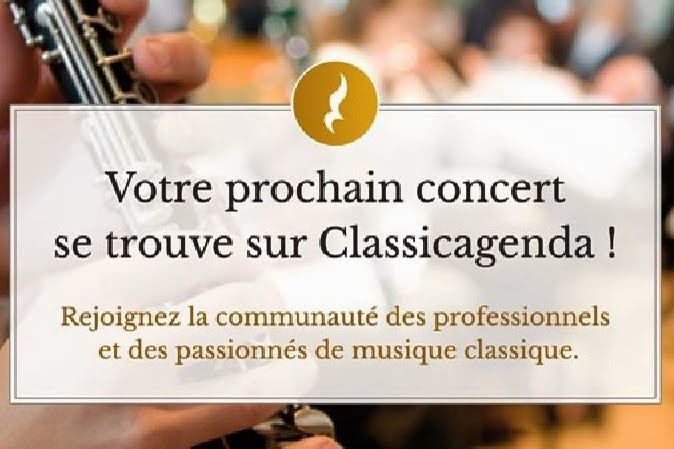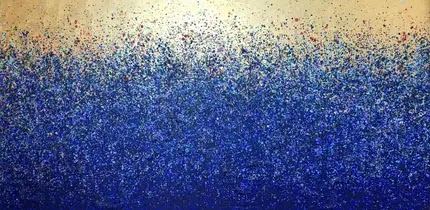17.12.18
13.12.18
Mascarons... Macron

The other
day, last Monday, I walked along part of the rue du Faubourg Saint-Honoré, from
rue Royale to the Elysée Palace. This part of the street is where you find a
number of 18th century palaces, some of them now embassy residences
(Japan, U.S.A, United Kingdom…), and also some other mostly rather ancient
buildings.
It was
obviously in fashion to decorate older buildings by “mascarons”, often
grotesque faces. Paris is full of them, so we should take the ones I will show
just as examples. They are “everywhere” in Paris.
However,
when there are female faces, they are hardly grotesque, rather nice and
friendly looking. Why? :-)
The top
picture shows what you can find on top of the official entrance gate to the
Elysée Palace. There is a female face… I haven’t been able to find out when
this was made. Is it supposed to represent “Marianne” or is it older…? It can
hardly be the “Madame de Pompadour”, who resided here during the reign of Louis
XV? The RF stands of course for the French Republic which “Madame de Pompadour”
never experienced.
There are
tens of "mascarons" on the Elysée Palace facade, but they all seem to be the same,
alternatively one grotesque man and a smiling lady.
The Palace
is as we know now occupied by the French President, today Emmanuel Macron. The
day I passed by Mr. Macron was preparing his speech to try to calm down the present
rebellious movements and a number of journalists watched…
Labels:
Paris 8
10.12.18
Saturday morning, but no market...
6.12.18
Saint-Augustin Church

A post
about another church… Well, there are some 250 churches / religious buildings
in Paris – with a domination of the Roman Catholic ones – some 140 … and so far
this blog has only posts about some 50 (and my previous blog less than 10), so
there is more to do.
The Saint-Augustin Church was built during the 1860’s in an area, then completely newly shaped by Haussmannian
boulevards … One considered that there was a need
for another prestigious church building. During the construction, it was thought
that the Emperor Napoleon III should find his place of rest in this church. (Finally
after the capitulation in 1870 and his death in 1873, he found his grave in
England.)
The
architect, Victor Ballard (1805-74) – more famous for “Les Halles” – had a
tough job: A triangular space between existing avenues and streets and a wish
to have a cupola which should be visible from afar. We can see how the church
actually has some unusual proportions. The official entrance side, behind the
Joan-of-Arc statue, looks quite narrow. It’s when you turn around to the
opposite side that you see how big the church actually is. (Part of the
exterior has just been cleaned… on the Google Earth picture, the restoration is
ongoing.)
The church
architecture was actually quite criticized, perhaps also because Ballard was a protestant
and that this is a catholic church. Many found the cupola to be out of
proportion. (Please note the little red lantern on top of the cupola, some kind
of a Ballard signature.)
Some
details from the front side.
Looking at
the interior, what is very distinctive is the use of iron, especially visible in
the ceiling, something quite new for the period – of course a Ballard
speciality with the experience from Les Halles.
The church
is quite dark and some cleaning also of the inside would be welcome.
There are
two organs, the main one was one of the very first church organs to employ
electricity.
Labels:
Paris 8,
Saint Augustin Church
3.12.18
Chinese colours.

The winter
at the Jardin des Plantes may be a bit dull. Of course, the “ménagerie” - the
little zoo - and the different museums are there, but the gardens are not
very colourful. (I guess this is my 8th post about
the Jardin des Plantes – check them all here.)
So... this year, there was obviously a decision to make the gardens more colourful also during the grey season. Some installations have been made, with the help of Chinese specialists - prehistoric
and still existing animals… If you make
the walk during a rainy afternoon, it may not be too spectacular, but…
… when it
gets dark…!
Look at the
difference – the frog in the afternoon and the same frog in the evening!
This means
that the Jardin des Plantes is exceptionally open late in the evenings. This
will go on until mid-January. For the "night show”, you need a ticket. There
are great crowds, you need to be patient!
You are
asked to follow a prepared walk and, as you partly are among some more or less
sleeping – real – animals, to try to be relatively silent.
... and it's spectacular!
The top
picture shows some flamingos. I found the real ones – they were not sleeping!
Labels:
Jardin des Plantes,
Paris 5
29.11.18
Naked trees, walls...

The inscription
on the wall, which you can now read, when the leaves have fallen, is HP. This
corresponds obviously to what this building first was, a “Hôtel Populaire”. “Populaire”
must here be understood not as a popular hotel, but as a hotel for people with
limited resources, some kind of a charity establishment. The building from 1910 was originally financed
by a rich widow, who wanted to compensate for her late husband’s rather dubious
affairs. This was one of several buildings she donated. It was originally
inhabited by young men, but was for obvious and unfortunate reasons emptied during
WWI, became a war hospital and was after the war for some time occupied by some
ministry.
The widow
in question also wanted the inhabitants to adopt some good manners, including a
good hygiene. Over the front door we can see a bas-relief with a woman who
offers a clean handkerchief …
In 1926 the building was, after an important subscription campaign, purchased by the Salvation Army
and became a home for women with limited resources. Originally there were some
630 rooms. It has later been modernised and now offers some 280 “studios” for
women, some special accommodations for women with particular difficulties and
also a few family lodgings.
It goes
under the name “Palais de la Femme” (The Women's Palace)…
… so it was
with a strange feeling that I entered.
Well, I immediately deviated to a
large room and a temporary exhibition of art books – some friends were presenting
their works. The large room had some nice wall decorations.
You can
find the building at 94 rue de Charonne, 75011 Paris.
Labels:
Paris 11
Subscribe to:
Posts (Atom)
































































